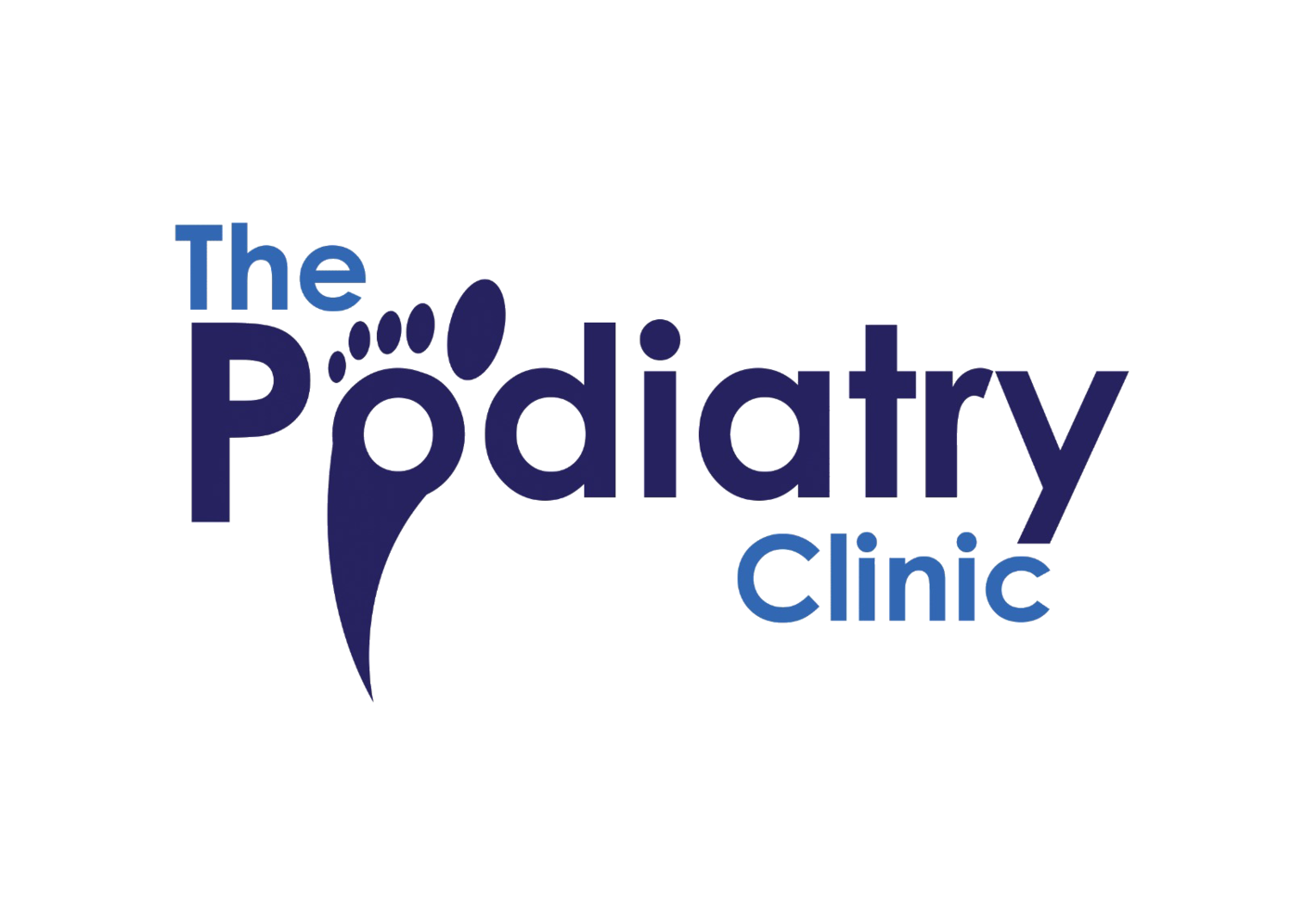Why am I getting clicking, catching or locking in hip: Femoroacetabular Impingement
Catching, clicking and locking along with pain is due to greater bone frictions in the hip joint secondary to bony abnormalities and it is called femoroacetabular impingement (FAI) or "Hip Impingement," British Journal of Sports Medicine (2016). The femoral head and acetabulum rub against each other at the hip joint, causing cartilage loss and pain. Femoroacetabular Impingement (FAI) is becoming increasingly more common with noted impairments in function, increased pain, and decreased quality of life. Typically, a conservative approach is used through physiotherapy or intra-articular injections before an invasive surgical approach is utilised (Khan et al 2015 - Journal of Orthopedic Surgery).
After prolonged rubbing, the articular cartilages might shred or tear. Due to repeated trauma, cartilage is lost over time, until the femur and acetabulum bones eventually collide.
FAI impingement can take two forms: cam or pincer, or a mix of the two:
CAM Impingement – Cartilage tears are caused by improper contact between the femoral head/neck junction and the acetabulum due to femoral head is "out of roundness."
PINCER Impingement –Cartilage is constricted because it covers too much of the femoral head. When the hip socket is unnaturally slanted backwards (acetabular retroversion), aberrant impact between the femoral head and the rim of the acetabulum occurs, causing pincer impingement.
The majority of FAI diagnosis include both CAM and Pincer abnormalities.
Typically, a conservative approach is used through physiotherapy or intra-articular injections before an invasive surgical approach is utilised (Mallet’s et al 2019 and Khan et at 2015). Furthermore, there was no evidence to suggest that influence of surgeries on altering the course of degenerative joint change. Surgical decisions were frequently based solely on imaging data. A consensus needs to be reached on what constituted a clinically significant femoroacetabular impingement presentation.
How we Treat
Femoroacetabular Impingement ?
Clinicians may do injection under the ultrasound guidance directly into the hip joint if medication and physiotherapy do not improve discomfort caused by hip impingement syndrome. Injections don't treat the underlying structural problem, but they can help reduce inflammation and restore the smooth, gliding motion of the joint's ball and socket components (British Journal of Sports Medicine (2016) and Khan et al 2015 - Journal of Orthopedic Surgery).
Evidence suggests that pain relief obtained from an intra-articular hip injection supports a diagnosis of FAI, therapeutic relief at 12 months may be achieved, particularly with hyaluronic acid (OSTENIL®), and a negative response to preoperative injections may predict poor short-term surgical outcomes (The Warwick Agreement on femoroacetabular impingement syndrome (FAI syndrome): an international consensus statement 2016).
Our clinicians employ corticosteroids to relieve pain, as well as newer treatments like platelet-rich plasma, which may help damaged soft tissues repair faster. Our clinician can advise you if you're a good candidate for these injections. These injections are administered by our experts who have received particular training. They employ live ultrasound guidance to guarantee that injections are put exactly within the hip joint.
After receiving an injection, most people return home or return to work within an hour or two.
Corticosteroid Injection
Corticosteroids are anti-inflammatory drugs that can be injected directly into the hip joint to relieve pain. Inflammation is a portion of the body's immune system reaction that causes pain and swelling. Corticosteroids diminish inflammation.
To offer short-term yet instant pain relief, doctors typically inject a little quantity of anaesthesia together with corticosteroids. After the anaesthesia wears off a few hours after the injection, hip discomfort may reappear. Two to three days later, the corticosteroid solution starts to function.
A corticosteroid injection may give pain relief that lasts for months for some people, but it may not be beneficial for others. A total of two or three corticosteroid injections in the hip joint is recommended by experts.
Platelet-Rich Plasma Injection
In order to help wounded tissue repair more quickly, experts may inject platelet-rich plasma into the hip joint. Platelet-rich plasma is made up of platelets, which are blood cells obtained from your own blood. Platelets secrete growth factors, which aid in the healing process.
Our clinician takes a little amount of your blood from a vein in your arm and separates the platelets and growth factors from the other blood components using a centrifuge equipment. It takes roughly 15 minutes to complete this operation.
This platelet-rich liquid, known as plasma, is then injected directly into the hip joint by the doctor. To achieve precision, our specialists use ultrasound guidance. Within two to six weeks, most people receive pain alleviation and better function.
What to Expect After Injections?
Anti-inflammatory medicines, such as ibuprofen, should be avoided for four to six weeks after therapy while the injury heals, according to experts. This is because platelet-rich plasma injections promote the body's inflammatory response, which is a crucial element of the healing process, whereas anti-inflammatory medicines suppress it.
In the days following treatment, your clinician recommend taking over-the-counter acetaminophen and applying an ice pack for 15 minutes at a time three times a day if the injection site is uncomfortable or swollen.
For the first four weeks after the injection, you should avoid doing any strenuous tasks with your hip. This allows time for the wounded tissue to heal. Crutches might be provided by your doctor to assist you in moving around.
Ultrasound Guided Injection for Hip Osteoarthritis and Impingement
Surgery?
US-guided intra-hip joint injection may provide a feasible way to estimate the outcome of hip arthroscopy in patients with FAI syndrome, and could be used as a method for indication selection of hip arthroscopy (Li et al 2021 - Journal of Orthopedic Surgery). Pain relief after intra‐articular local anesthesia injection can be used to support the diagnosis of FAI syndrome before proceeding to surgery. Surgical options of FAI include hip arthroscopy and open surgery. Arthroscopy has the benefit of minimal trauma, rapid recovery, lower complication rate, higher quality of life, and higher probability of returning to play for athletes.
To book for an appointment you can call our normal reception line, 0121 285 5656 or email direct to hello@thepodiatryclinics.co.uk requesting an appointment. Please include your name, date of birth, your address and GP contact details.
You will be sent a form to complete and forward back to us or bring along on the day.
OR simply click the button below!
REFERENCES:
Int J Sports Phys Ther. 2019 Jul;14(4):514-524. SHORT-TERM OUTCOMES OF CONSERVATIVE TREATMENT FOR FEMOROACETABULAR IMPINGEMENT: A SYSTEMATIC REVIEW AND META-ANALYSIS. Emma Mallets 1, Ann Turner 1, Jeremy Durbin 1, Alexander Bader 1, Leigh Murray 1
Orthop J Sports Med. 2015 Sep 1;3(9):2325967115601030. Utility of Intra-articular Hip Injections for Femoroacetabular Impingement: A Systematic Review. Wahab Khan 1, Moin Khan 2, Hussain Alradwan 3, Ryan Williams 1, Nicole Simunovic 4, Olufemi R Ayeni 2
Orthop Surg. 2021 Aug;13(6):1810-1817. Utility of Ultrasound-Guided Anesthetic Intra-articular Injection to Estimate the Outcome of Hip Arthroscopy in Patients with Femoroacetabular Impingement Syndrome. Shoupeng Li 1, Chunbao Li 2, Huanfang Wang 1, Yukun Luo 1, Haipeng Li 2, Mingbo Zhang 1
Br J Sports Med. 2016 Oct;50(19):1169-76. The Warwick Agreement on femoroacetabular impingement syndrome (FAI syndrome): an international consensus statement. D R Griffin 1, E J Dickenson 1, J O'Donnell 2, R Agricola 3, T Awan 4, M Beck 5, J C Clohisy 6, H P Dijkstra 7, E Falvey 8, M Gimpel 9, R S Hinman 10, P Hölmich 11, A Kassarjian 12, H D Martin 13, R Martin 14, R C Mather 15, M J Philippon 16, M P Reiman 15, A Takla 17, K Thorborg 18, S Walker 19, A Weir 20, K L Bennell 21



